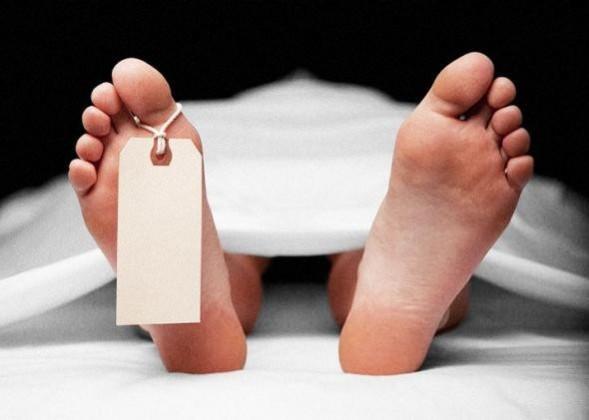COVID-19 is still a mystery to health experts and scientists, which is why efforts to understand the virus better have become a priority in order to develop an effective vaccine and help curb the spread. Coronavirus has already claimed millions of lives and infected many more. With people recovering at a higher rate gives a sense of hope, but the fatalities cannot be ignored completely.
In order to get a better understanding of COVID-19 virus, Dr. Dinesh Rao, the head of the Forensic Department at Oxford Medical College in Bengaluru, conducted Bengaluru's first autopsy on a 60-year-old COVID-19 patient on October 10 and made some shocking revelations. Some of the discoveries made by Dr Rao haven't been reported before, giving new insights to health experts and researchers around the world.
Lungs as hard as stones
"In any bacterial or viral infection, coagulopathy triggers microthrombi. However, in the case of COVID-19, the changes were extensive," said forensic expert Dr. Rao speaking to News9 Digital.

Dr Rao conducted the autopsy all by himself, taking necessary precautions of wearing PPE gear. The process took one hour and 10 minutes. He found the lungs of the COVID-19 victim were hard as a leather ball, a common symptom seen patients due to blood clots. Similar conclusions were made in previous autopsies conducted in other cities, where researchers concluded that the lungs were hard as stones.
"This is unlike any pair of lungs I've seen in a deceased person. Often in other diseases, lungs are found to be enlarged and 'firm', here the lungs were 'hard' and not enlarged," Dr. Rao explained.
The doctor found that the lungs had gained more than twice the normal weight. And the virus had also affected the heart, where some inflammatory signs were noticed.
Virus active even after 18 hours of death

Dr Rao also tested the dead body for traces of the virus and found the skin surface of the neck, face and respiratory passage as well as surface of lungs negative for COVID-19. But to his surprise, traces of virus were found in the nose and throat. This was even after 18 hours of death.
Given how the precautions were taken with dead bodies of COVID-19 victims, the results of this autopsy shows it excessive.
"This could have been done at an early stage. This would have changed how funerals are conducted for Covid-19 victims. It is heart-wrenching that relatives were not able to touch the body of the deceased," he exclaimed.
But he also asked for more research before drawing final conclusions in the way COVID bodies are handled.









!['Had denied Housefull franchise as they wanted me to wear a bikini': Tia Bajpai on turning down bold scripts [Exclusive]](https://data1.ibtimes.co.in/en/full/806605/had-denied-housefull-franchise-they-wanted-me-wear-bikini-tia-bajpai-turning-down-bold.png?w=220&h=138)



